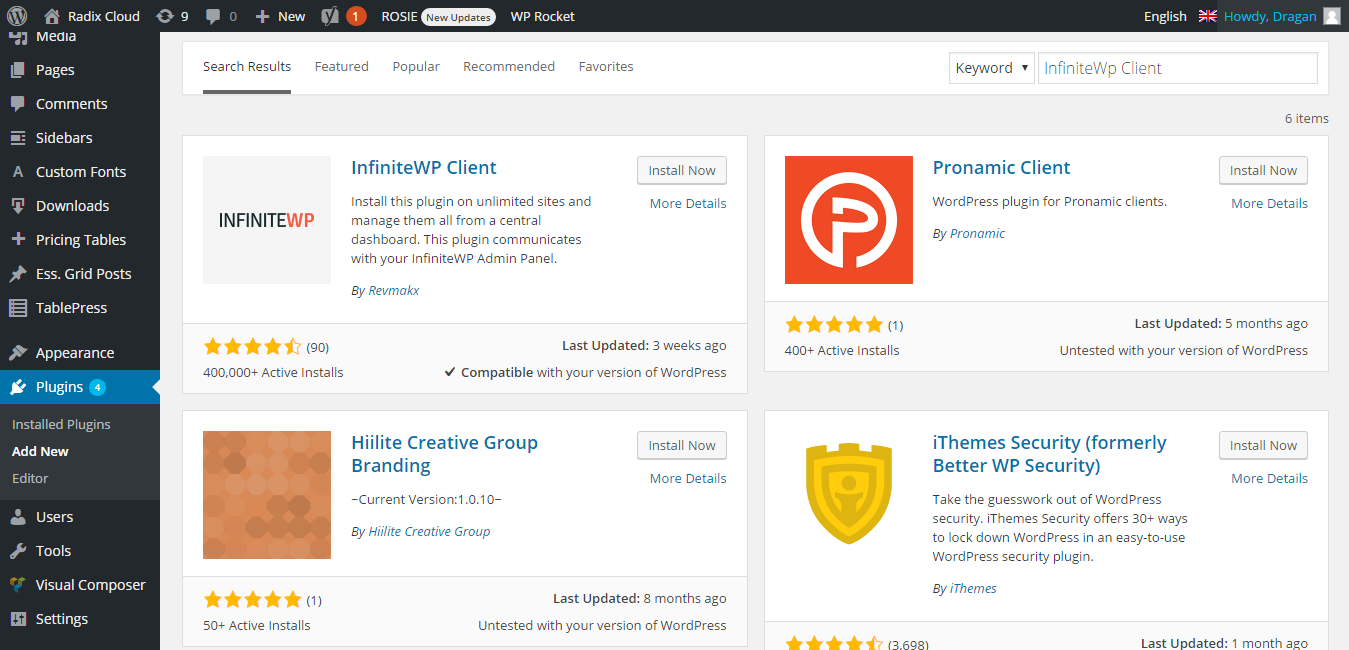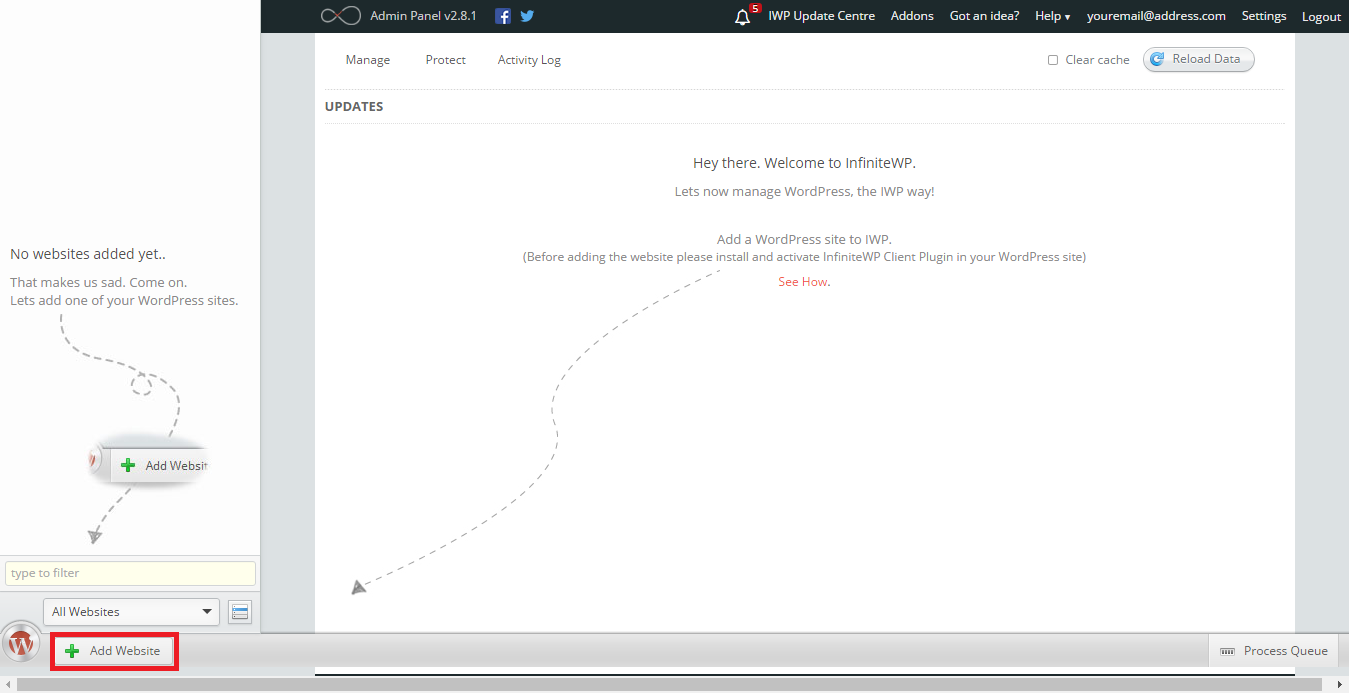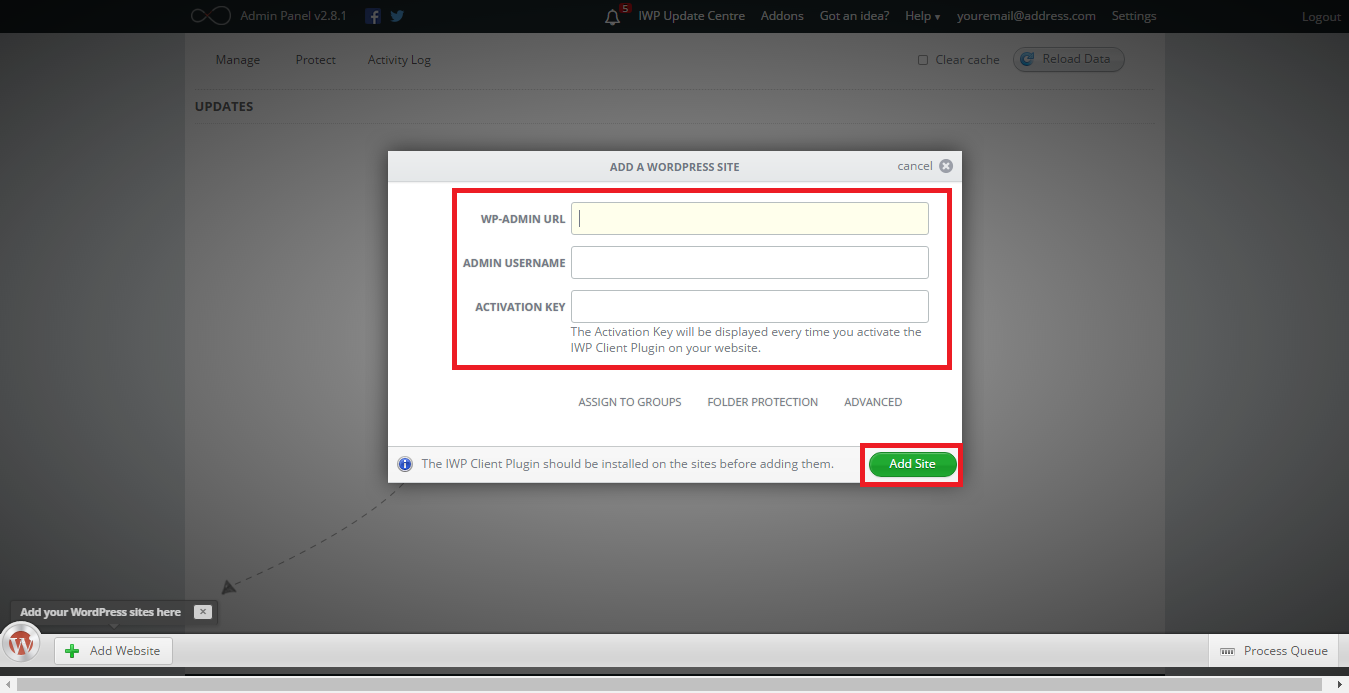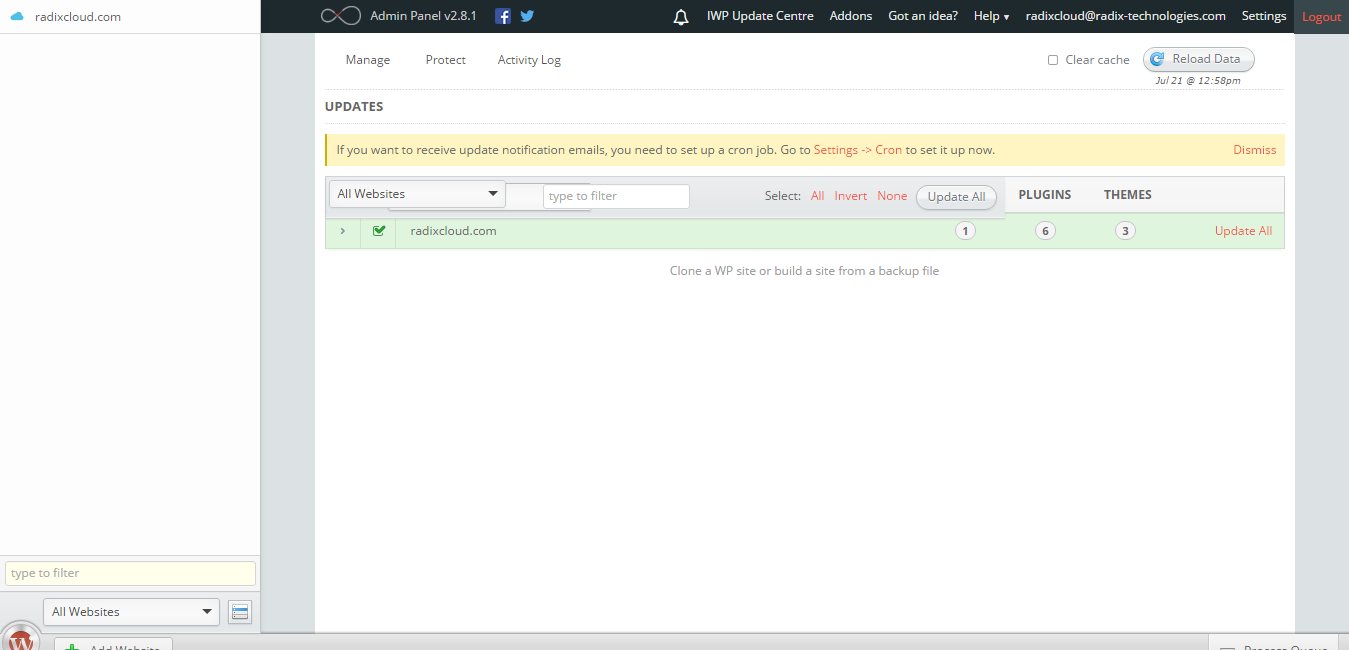Recently, we discussed the challenges that we saw in 2016 and how we saw Cloud evolve from 2015 to 2016. We thought it would be a good idea to discuss how we will be dealing with the challenges of 2016 and what we hope to see as trends in 2017.
- Train and Reinforce Expertise
A lot of companies have invested in very advanced and complex Cloud solutions, but are only using a small fraction of the features. The base solution is typically very easy to start using, but the advanced solutions require some expertise in the solutions. In addition, it is often quite complicated to migrate your data onto the new solution. But having all your companies’ data available is extremely beneficial. Finding the right partner, with the right expertise, will be very important in 2017 to ensure that you get the most out of your investment.
As the Cloud gains even more momentum in 2017, companies will not only look to improve their ROI from using the Cloud solutions, but they will also look to taking complete advantage of the Cloud solutions that they have adopted. This is exactly why Cloud experts will become a much more important part of the IT industry in 2017.
- Redefine our Monitoring and CMDB
Your operations team needs a new way to be able to manage Service Levels and also keep track of IT resources. Any ITIL based organisation is dealing with a lot of issues related to the business using Cloud solutions. Ensuring that you have the right monitoring solutions, and also the right CMDB solution integrated with the different providers you are working will be key for operations.
- Build DevOps
DevOps has been considered a tool for companies that Develop applications. But it is also a very advanced tool for the operations team. In fact, most operations teams will get more use out of DevOps tools than Development teams will. As companies get more used to the new Cloud based solutions they have started using, they will start having new demands that will be fulfilled by DevOps tools. If you have never researched DevOps, start now to ensure you can keep up with the business.
- Update Compliance
If you have not updated your compliance documents, this year is the year to do it. There are so many different types of Cloud solutions available on the market today, that basic compliance requirements based on the Cloud of 2010 will simply keep your company in the past. Updating your documents to ensure that the different divisions in your company can take advantage of the tools built for them will be key for businesses that want to maintain agility.
- Pricing Analysis
For many companies, the price of their first Cloud solution was not the most critical challenge. They were concerned about security, compliance, just basically if it will work at all. Now that they have moved into the Cloud and see that it works, they are ready to start looking at the cost of the tools they are using. Preparing a pricing analysis tool that will allow the business to easily compare price to features will be an important tool in many projects. As Cloud providers compete to offer the best in solutions, pricing will become a key factor in choosing the right solution.
2017 will be a year where companies build more control around their Cloud solutions, and refine their selection process. As companies become more comfortable with their data on the Cloud, and how they can move data to the Cloud, DevOps will have a much more important role in the enterprise. Advanced DevOps allow data to be move from one service to another, allowing you to ensure you are getting the best price while ensuring compliance of company rules. This will be the cornerstone of IT Operations and many companies will expand the role of DevOps in their companies to meet the challenges of the future.























 Deutsch
Deutsch Français
Français Македонски
Македонски